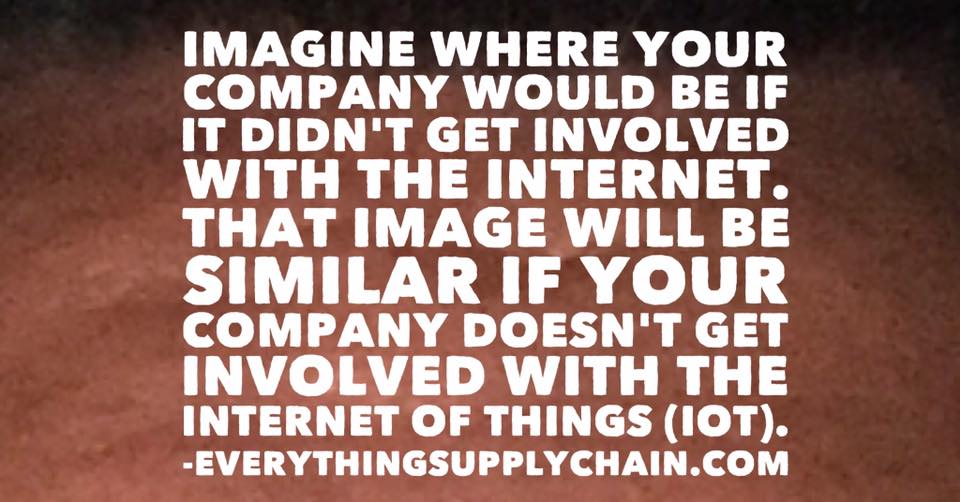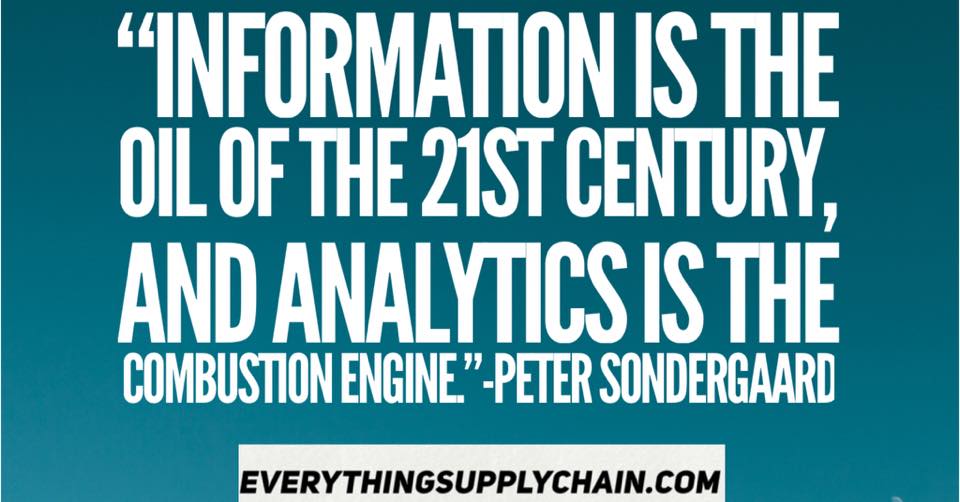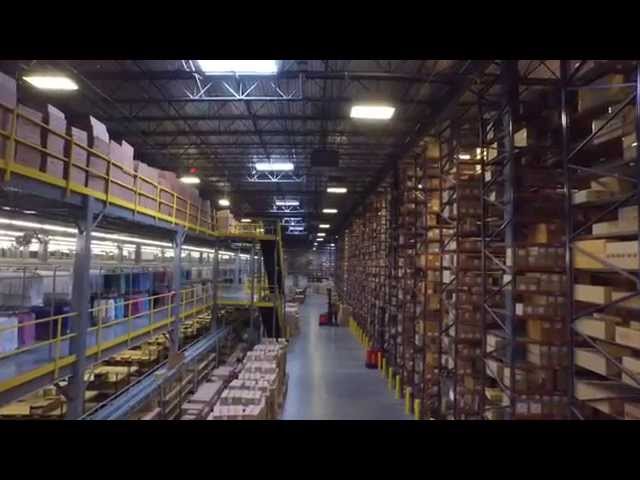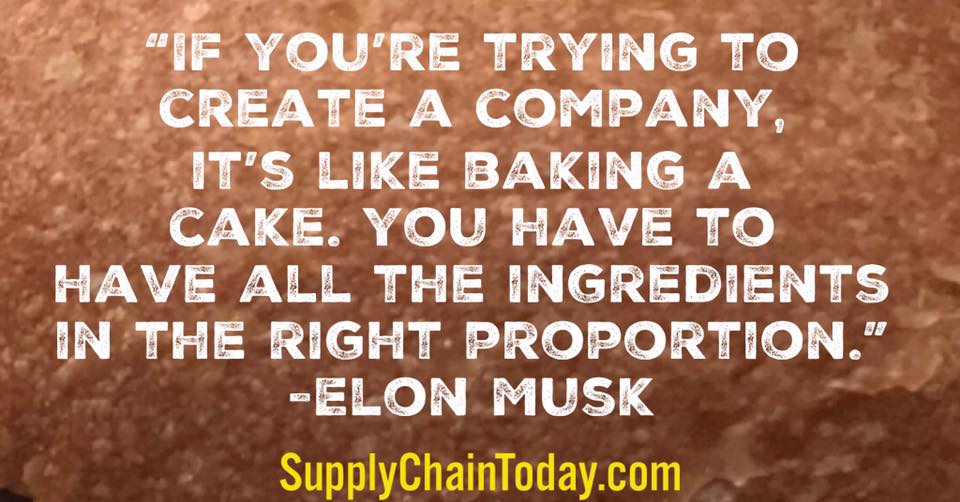Future of the Digital Supply Chain
Future of the Digital Supply Chain
The future of the digital supply chain is expected to see a greater integration of technology and automation, leading to increased efficiency, visibility, and agility. Some specific trends that are likely to shape the future of the digital supply chain include:
- Artificial Intelligence (AI) and Machine Learning (ML): AI and ML will be used to optimize and automate supply chain processes such as demand forecasting, inventory management, and logistics. This will lead to increased efficiency and reduced costs.
- Internet of Things (IoT): IoT will enable the use of connected devices and sensors to provide real-time visibility into the supply chain, allowing for more accurate and timely decision-making.
- Blockchain: Blockchain technology will enable the use of decentralized and secure digital records, allowing for greater transparency and trust in supply chain transactions.
- Cloud computing: Cloud computing will enable the use of scalable and flexible digital infrastructure, allowing for more efficient and cost-effective supply chain operations.
- Robotics and automation: Robotics and automation will continue to play a key role in the supply chain, particularly in areas such as warehousing and logistics.
- Augmented Reality (AR) and Virtual Reality (VR): AR and VR will be used in training, maintenance and repair, and visualization of the supply chain process, which will allow for more efficient and cost-effective supply chain operations.
- Advanced Analytics: Advanced analytics such as predictive analytics, real-time analytics and big data analytics will enable the use of data-driven decision-making, allowing for more accurate forecasting, inventory management, and logistics planning.
All these trends are likely to lead to a more connected, automated, and efficient supply chain that will be better able to respond to changing market conditions and customer demands.
Digital transformation is expected to have a significant impact on the supply chain, leading to increased efficiency, visibility, and agility. Some specific ways in which digital transformation is likely to change the supply chain include:
- Increased automation: Digital technologies such as artificial intelligence and robotics will be used to automate and optimize supply chain processes, leading to increased efficiency and reduced costs.
- Greater visibility: The use of technologies such as the Internet of Things (IoT) and blockchain will enable real-time visibility into the supply chain, allowing for more accurate and timely decision-making.
- Improved collaboration: Digital platforms and technologies will enable greater collaboration and communication between supply chain partners, leading to more efficient and effective supply chain operations.
- Flexibility and scalability: Cloud computing and digital infrastructure will enable the use of scalable and flexible digital systems, allowing for more efficient and cost-effective supply chain operations.
- Better decision-making: Advanced analytics and data-driven decision-making will enable the use of data-driven decision-making, allowing for more accurate forecasting, inventory management, and logistics planning.
- Increased security: Blockchain and other security technologies will be used to ensure the security of supply chain transactions and protect against cyber threats.
- More sustainable supply chain: Digital technologies will be used to monitor and analyze the environmental impact of supply chain operations, allowing for more sustainable and eco-friendly supply chain practices.
Overall, digital transformation is expected to lead to a more connected, automated, and efficient supply chain that is better able to respond to changing market conditions and customer demands.
Quotes about Future Supply Chain.
- “The digital supply chain has the potential to completely change supply chain. However, do your due diligence before rushing in.” ~EverythingSupplyChain.com.
- “Think of a 3D printer as your TV. The same way your TV streams movies your 3D printer could download plans to make any product in your warehouse. Is the future of warehouses the same as video stores.” ~EverythingSupplyChain.com.
- “To automate you should first be sure processes are standardized and documented.” ~EverythingSupplyChain.com.
- “The Internet of Things (IoT) will impact supply chain in so many ways. Either learn about it, or get left behind.” ~EverythingSupplyChain.com.
Other videos you may find interesting.
- 5 Mind-blowing Artificial Intelligence Tools.
- Elon Musk: How I Became The Real ‘Iron Man’.
- Emerging Technologies Improve Supply Chain: AI, AR, Blockchain, IoT, RPA, Robots…
- Explaining the Metaverse: The Future of the Internet.
- How startups like Uber and Airbnb changed rules of business.
- How to Spot Disruptive Innovation Opportunities.
- How Uber destroyed the NYC cab market.
- IoT Supply Chain Management.
- Learn to Innovate Supply Chain in an Hour.
- Tutorial ChatGPT: 5 Mind-Blowing Ways To Use This AI.
- What is ChatGPT and How You Can Use It.
- Why use Blockchain in supply chain?
Analytics and Big Data Quotes
Real-Time Supply Chain Analytics with Machine Learning, Kafka, and Spark
3PL Warehouse Facility Tour – The Apparel Logistics Group
Inside How Walmart Uses Big Data
Domino’s First Company To Deliver Pizza By Drone
Elon Musk: The mind behind Tesla, SpaceX, SolarCity …














